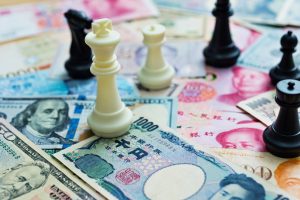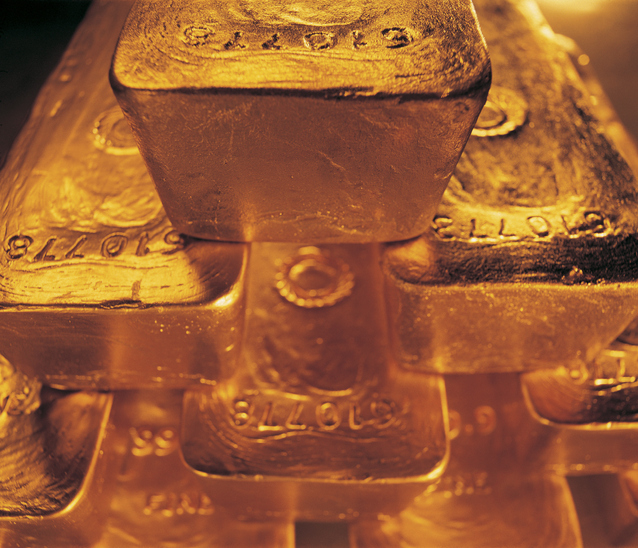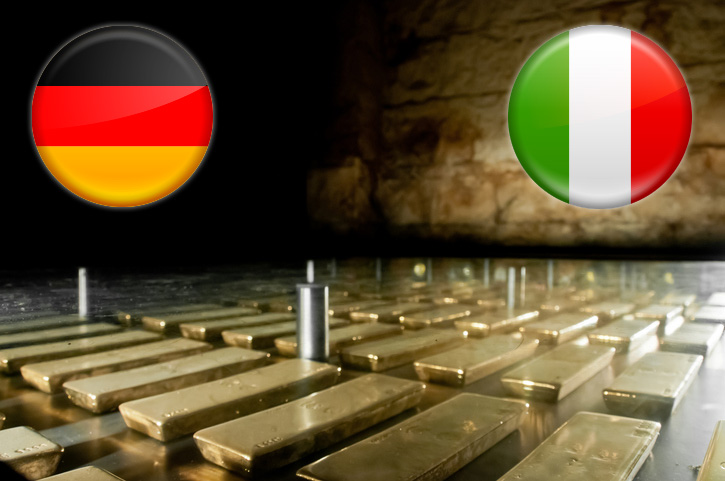This May Be The Best Defence against Escalating Currency Wars
The comments below are an edited and abridged synopsis of an article by John Stepek
Everyone should have some physical gold in their portfolio.
 The point of physical gold is that it provides diversification (it’s different from bonds and equities) and it tends to be a ‘hard times’ asset, whereas most of the rest are ‘good times’ assets.
The point of physical gold is that it provides diversification (it’s different from bonds and equities) and it tends to be a ‘hard times’ asset, whereas most of the rest are ‘good times’ assets.
If you are low on gold in your portfolio, now might be a good time to top up, because gold currently looks cheap relative to US stocks.
More importantly, gold is probably one of the best ways to defend against the end of central bank independence.
Currency wars have turned nasty. As Bank of America Merrill Lynch puts it, “Central bank policies of QE, NIRP, ZIRP have unquestionably exacerbated the gap between Wall Street and Main Street in the past decade.”
This is nothing new. A covert form of currency war has been going on since the financial crisis. In the old days, it was a polite form of warfare, where the protagonists took turns. For a few months, one country would enjoy the benefits of having the weakest currency. Then it would be someone else’s turn. Those days are over.
If Trump and China and the EU start playing ‘who can have the lowest currency,’ that’s another piece of the inflationary protectionism jigsaw puzzle falling into place.
If all the world’s currencies are competing for bottom place, they can’t all win. But as one of the few currencies that isn’t beholden to a government for its ultimate value, gold is more likely than not to be a beneficiary of any escalation of the currency wars.


